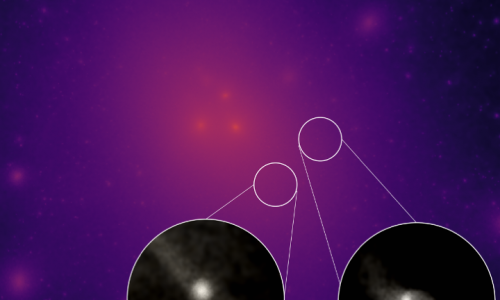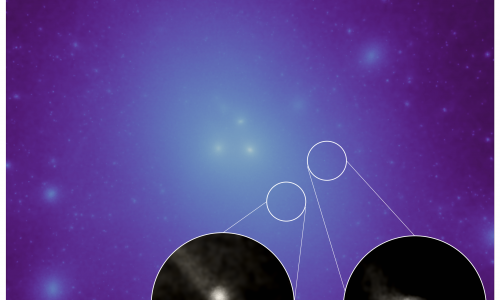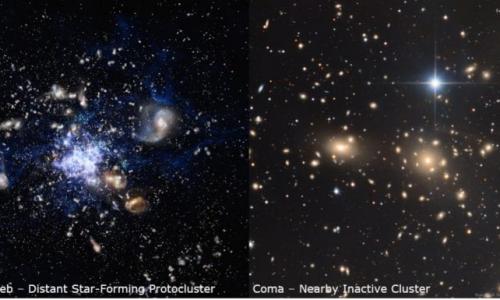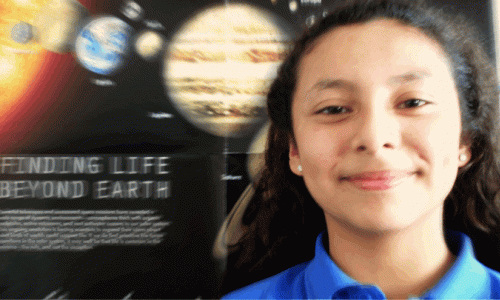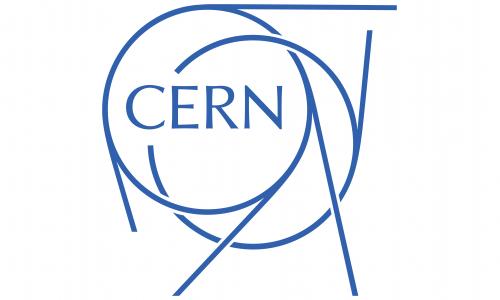Physics & Astronomy
Feb 17, 2022
En las simulaciones, las colisiones hacen que las agrupaciones de estrellas más pequeñas pierdan material.
Feb 15, 2022
With the help of a computer simulation, an international research group has apparently found an explanation for two extremely mysterious galaxies in which there is almost no dark matter. When small galaxies collide with large galaxies, the latter could grab all of the dark matter, leaving behind the most unusual objects, the team explains.
Feb 15, 2022
Scientists from the University of California, Irvine and Pomona College used computer models to simulate the evolution of a corner of the universe about 60 million light-years across. The new computer models, which weren't designed to do so, created seven galaxies deprived of dark matter, a sight that had previously puzzled scientists. The strange simulations arose after near-collisions with massive neighboring galaxies, according to a statement from the University of…
Feb 14, 2022
When small galaxies encounter more massive ones, the former face an ultimatum: Assimilate or be destroyed. But a new study suggests there is a third alternative — confronting the larger galaxy, and paying a cost in dark matter.
Feb 14, 2022
In simulations, collisions cause smaller star groupings to lose material.
Feb 10, 2022
Researchers surprised to find that many of the galaxies had stopped forming new stars.
Feb 3, 2022
The fellows are the faces of the DEI efforts in each the school’s four departments.
Jan 20, 2022
From unraveling the intricacies of how the climate crisis will unfold, to why galaxies look the way they do, UCI scientists cast their light far.
Jan 19, 2022
The program provides an artistic gateway for girls to discover the cosmos alongside UCI astronomers.
Jan 19, 2022
The dean of UCI Physical Sciences, Professor James Bullock, takes a look back at what happened in 2021.
Jan 11, 2022
UCI FASER particle detector made it into CERN's 2021 news highlight reel.
Dec 21, 2021
Jay Aranton handled all of the mail for Physical Sciences during the pandemic. But he wasn’t alone.

